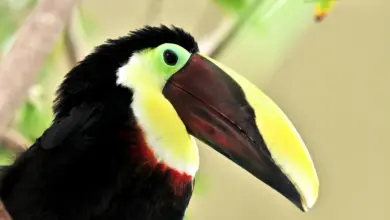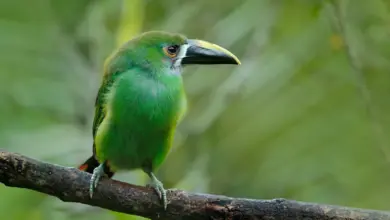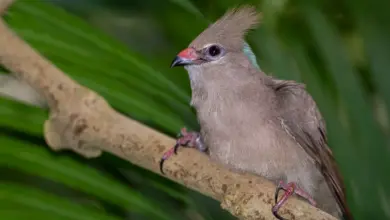Toucanets are small and relatively short-billed toucans that belong to the toucan family, Ramphastidae. They are distantly related to woodpeckers. They occur naturally in the tropical rain forests of Latin America.
Distribution / Range
Toucanets are found in the lowlands of southern Mexico and Brazil to the high Andes. The Emerald Toucanet has the widest range of all.
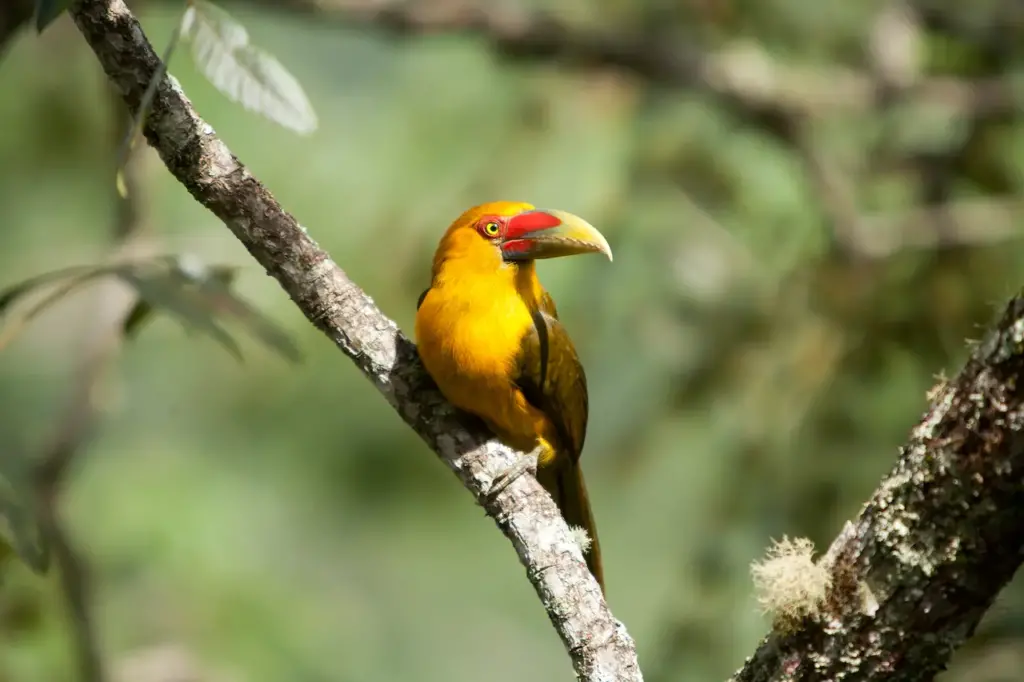
Description
Toucanets measure 25–35 cm (10–14 inches) in length – including its large, yet light-weight , colorful bill and tail. The plumage is mostly green with blue markings.
They are fairly long-lived with a lifespan of around 20 years.
Systematic list (English and Latin Names)
- Genus Selenidera:
- Golden-collared Toucanet – Selenidera reinwardtiiGuianan Toucanet – Selenidera culikGould’s Toucanet – Selenidera gouldiiSpot-billed Toucanet – Selenidera maculirostrisTawny-tufted Toucanet – Selenidera nattereriYellow-eared Toucanet – Selenidera spectabilis
- Genus Aulacorhynchus – Green Toucanets:
- Blue-banded Toucanet – Aulacorhynchus coeruleicinctis
- Chestnut-tipped Toucanet – Aulacorhynchus derbianus
- Crimson-rumped Toucanet – Aulacorhynchus haematopygus
- Emerald Toucanet – Aulacorhynchus prasinus
- Groove-billed Toucanet – Aulacorhynchus sulcatus
- Yellow-billed Toucanet (Aulacorhynchus sulcatus calorhynchus)
- Yellow-browed Toucanet – Aulacorhynchus huallagae
Toucan Trivia: Unexpected, Interesting and Fun Facts about the Toucan Family of Birds
Breeding / Nesting
The mating ritual is a fun-loving affair for toucans, as they throw fruit to one another.
Like all of their other activities, nesting happens high up in hollow areas in trees. The bill is not effective for digging or any other type of extensive excavation work and so they must rely on holes already formed by other means.
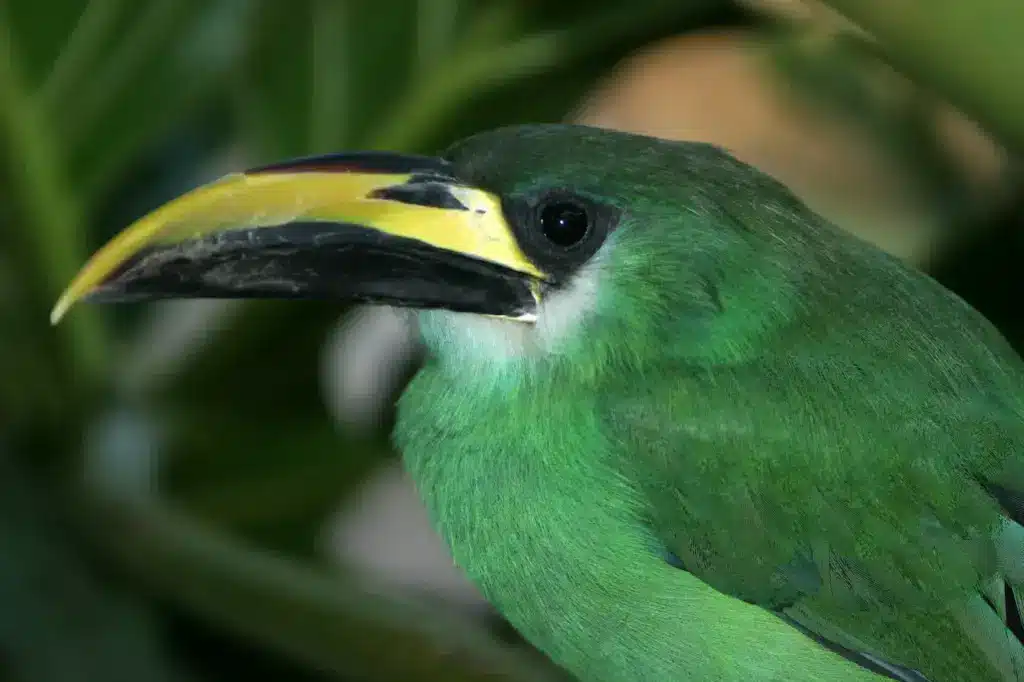
The nests are not lined, but the two to four shiny white eggs that are laid each year rest on a few wood chips created while enlarging the opening or on various kinds of regurgitated seeds collected for this purpose. Parents share equally in incubation duties, but rarely sit on the nest for more than an hour at a time and the eggs are often left uncovered. Both parents share in feeding fruit to the babies for up to 8 weeks.
After 16 days the nestlings are born blind, with no trace of down on their pink skin. The bill is unremarkable until about 16 days old when it takes on the distinguishing features of the toucan, and requires up to four months to develop fully.Feathers begin to expand at 4 weeks.
Babies have pads on their elbows that protect their feet by keeping them elevated until they fledge.
Breeding in captivity requires attention to a number of details. Even successful breeders report rates as low as 30% for the incubation of eggs.
